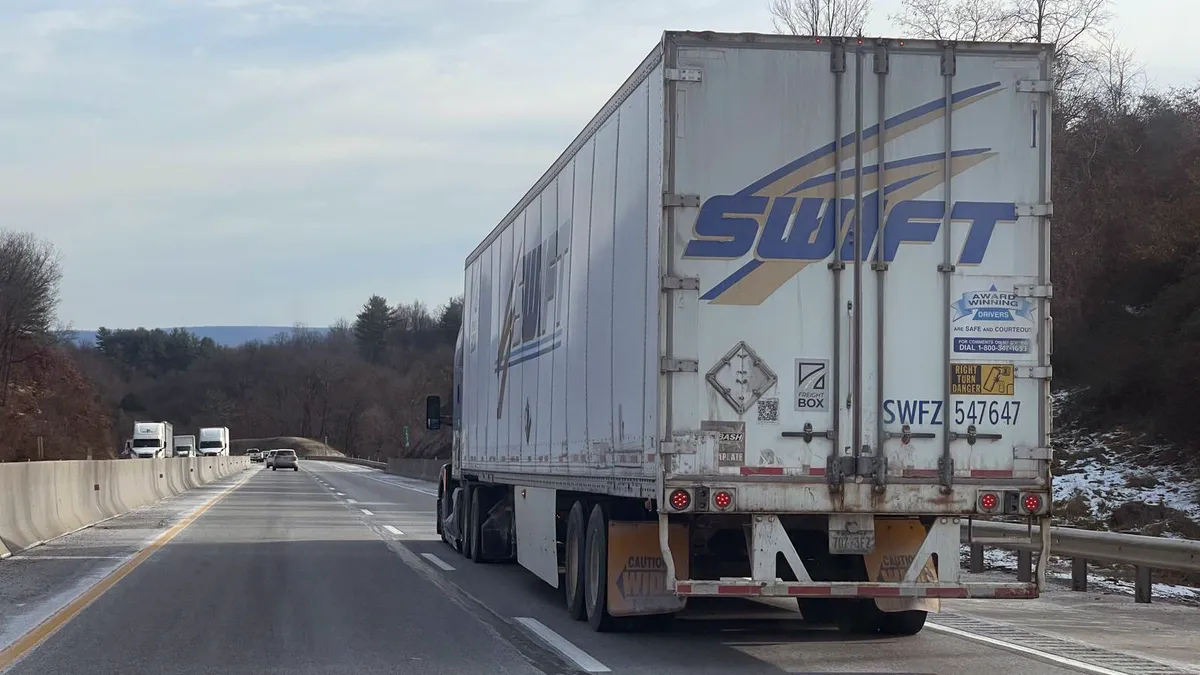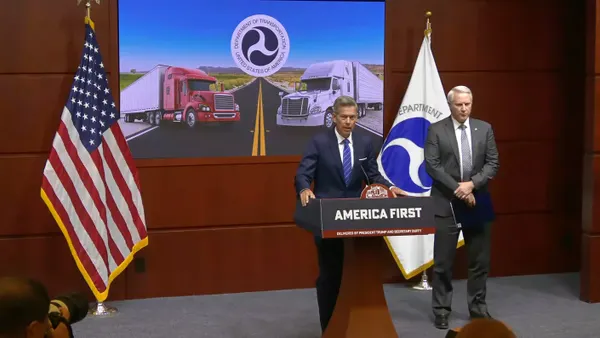Trucking and labor advocates debated longstanding views over whether the industry has a driver shortage or not, sharing terse comments with the Senate Subcommittee on Surface Transportation, Freight, Pipelines, and Safety on July 22.
The causes behind the industry’s ongoing troubles with hiring and retention have been characterized differently, depending on whom you ask.
Such tensions have been particularly poignant between the American Trucking Associations and Owner-Operator Independent Drivers Association.
“You believe it or you don’t believe it. It’s a fact,” ATA President and CEO Chris Spear said at the hearing. He also said that if there wasn’t a driver shortage, driver pay would not have increased 19% amid a freight recession.
The organization has defined the shortage in terms of a gap between the number of drivers currently in the market and the total needed to optimally meet freight needs. As of last October, there was a 60,000 deficit, according to the ATA.
But according to the OOIDA, the driver shortage view is a myth that’s been thoroughly debunked, EVP Lewie Pugh said in prepared remarks. The organization has said that the issue is about high turnover as dissatisfied drivers, notably those with large carriers, seek better pay and working conditions.
The debate also drew commentary at the hearing from Teamsters General President Sean O’Brien, who spoke before the subcommittee.
In prepared remarks, O’Brien said annual turnover rates of 80% to 90% in truckload are a steep contrast to those from less-than-truckload carriers, where only 10% to 15% annualized turnover occurs.
“Our experience at Teamsters carriers like TForce, ABF and UPS, as well as dozens of smaller trucking companies, offers a striking contrast to the turnover challenges in the truckload sector,” he said.
While the organizations went head-to-head on the driver shortage issue once again, they also aligned on other issues. Citing road safety concerns, the trucking organizations shared alignment with recent U.S. policy enforcing and adjusting English proficiency regulations, established in 1937, for interstate commercial drivers.
But they also diverged on drug testing by hair sample. The ATA gave support for the approach, saying it would add another tool to improve safety, whereas OOIDA dismissed the proposal, with Pugh saying the measure can produce false positives and discrimination.












